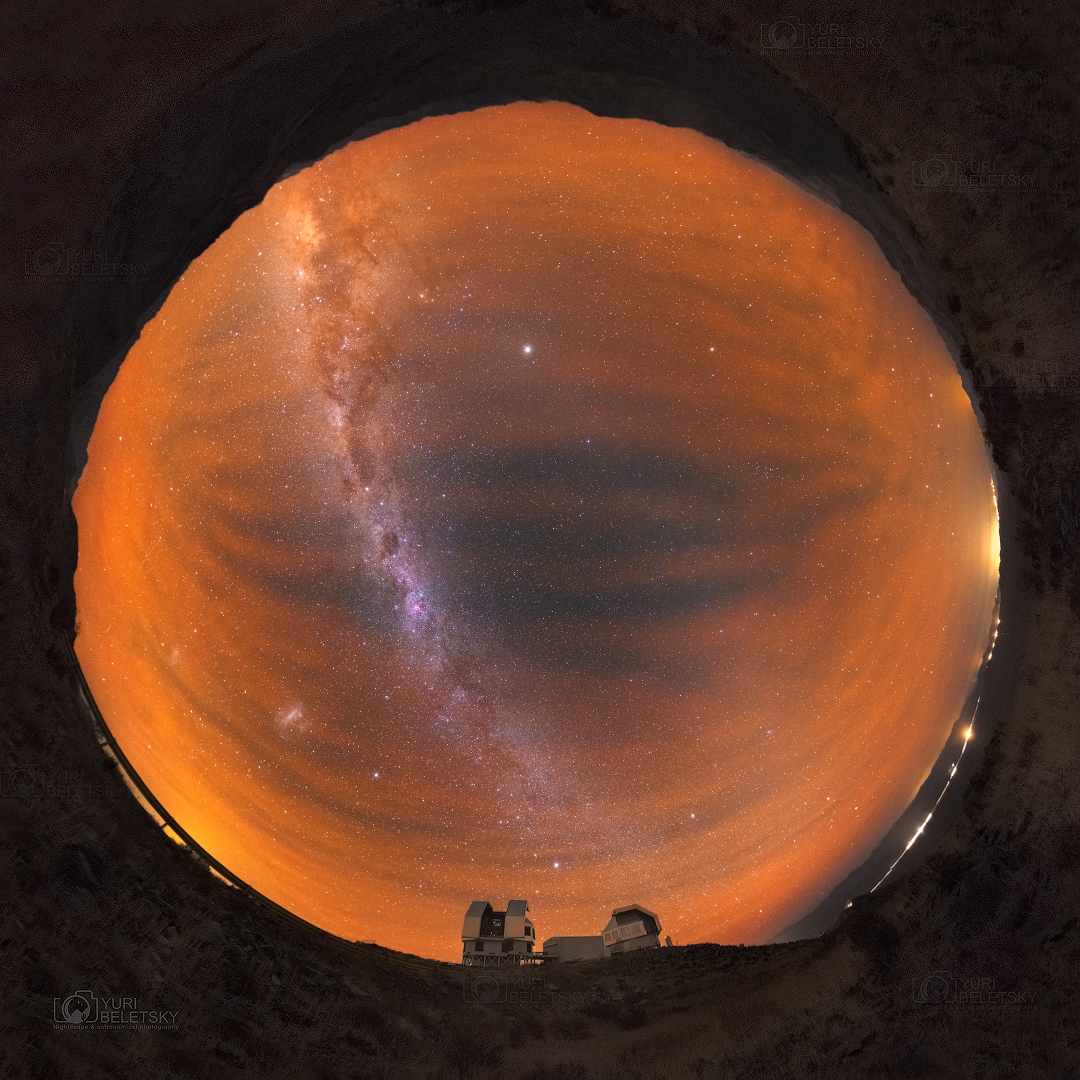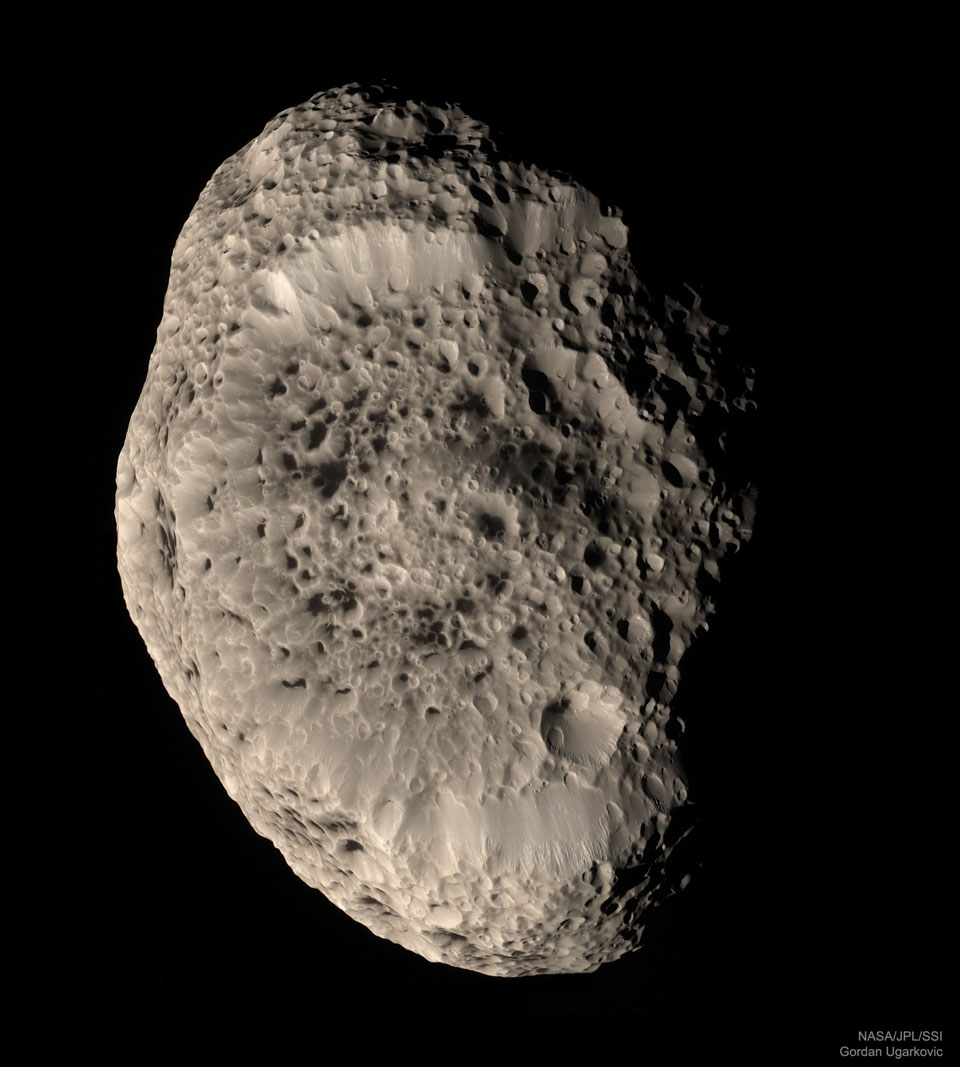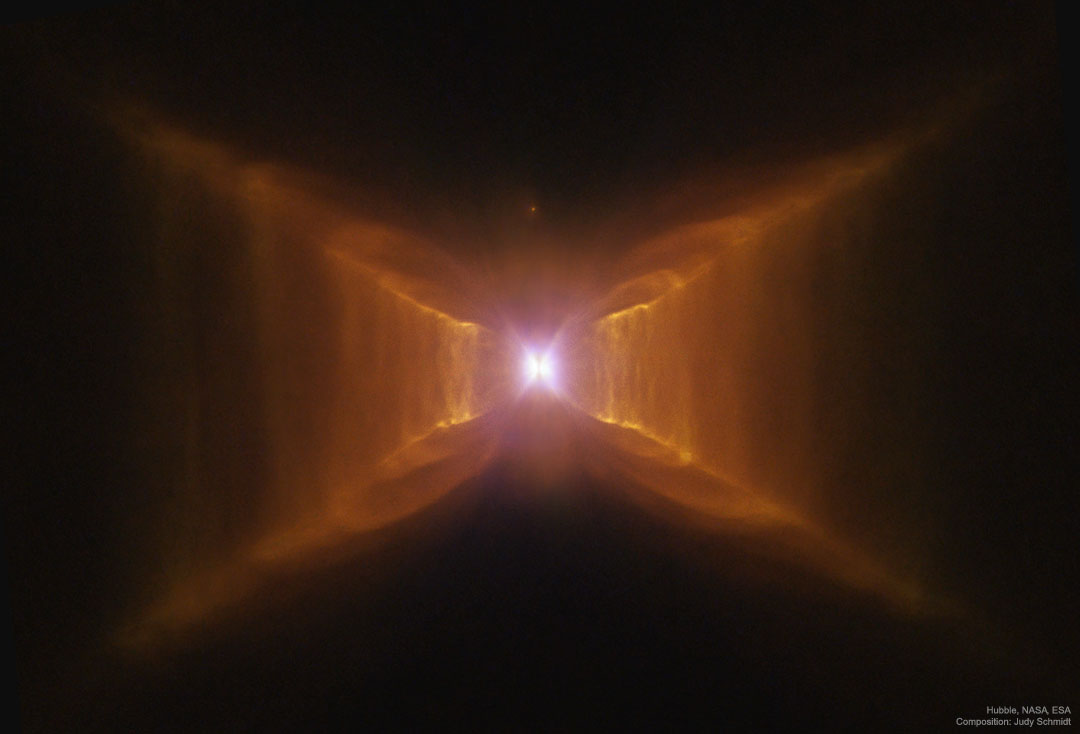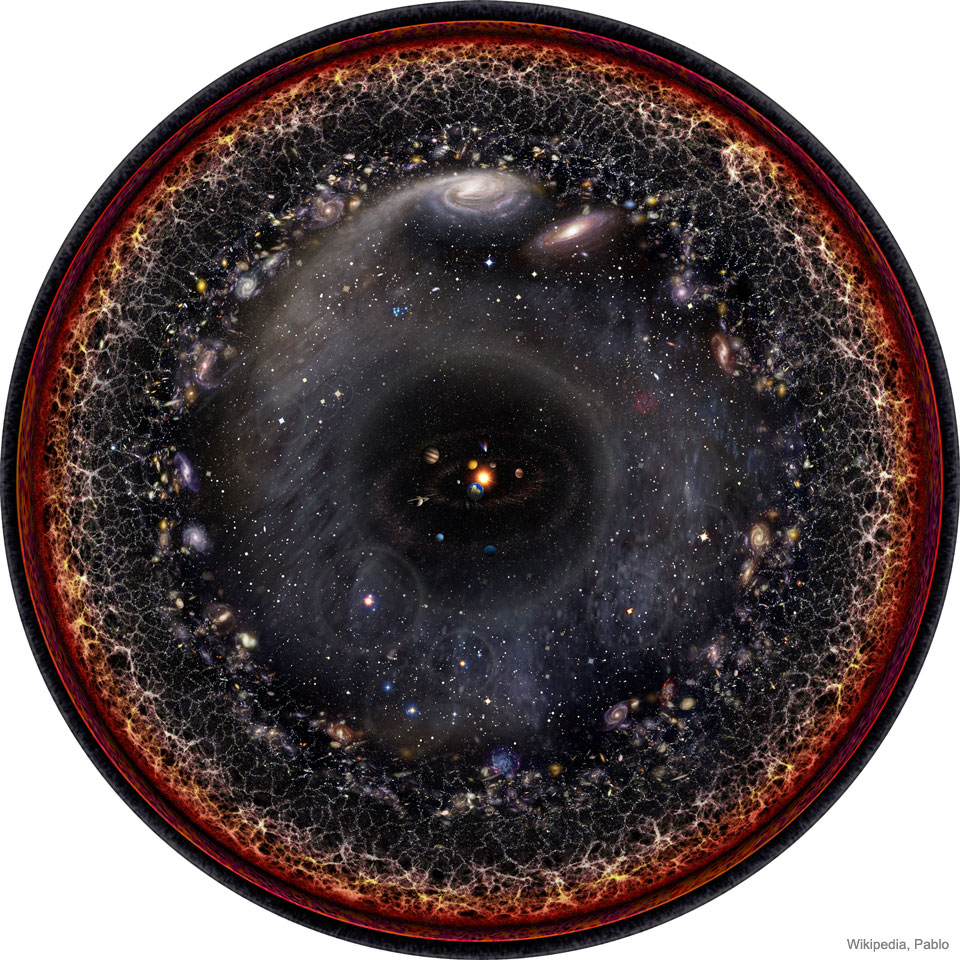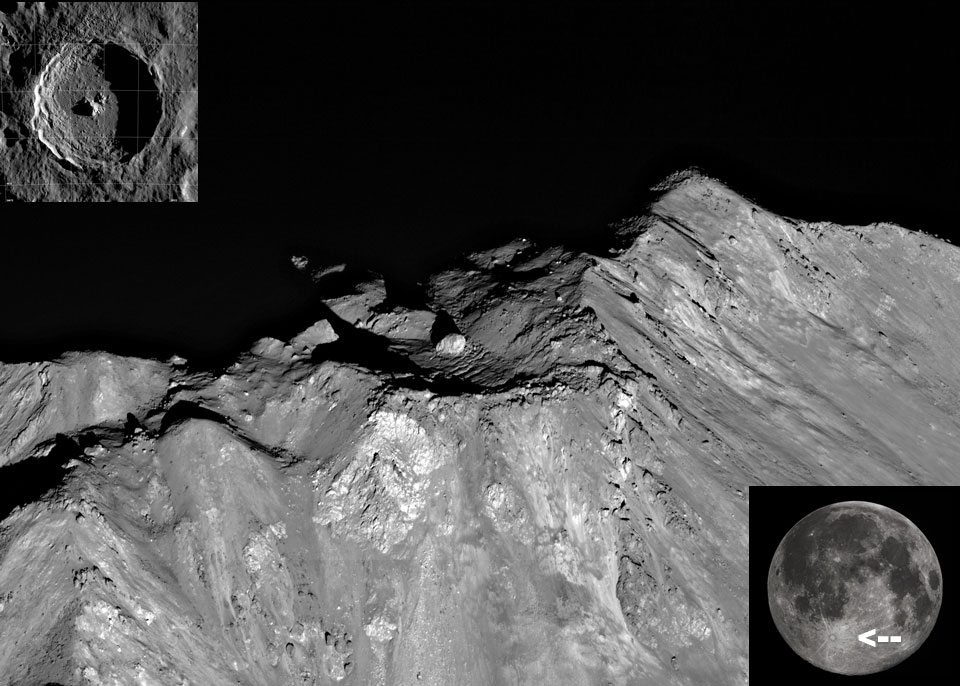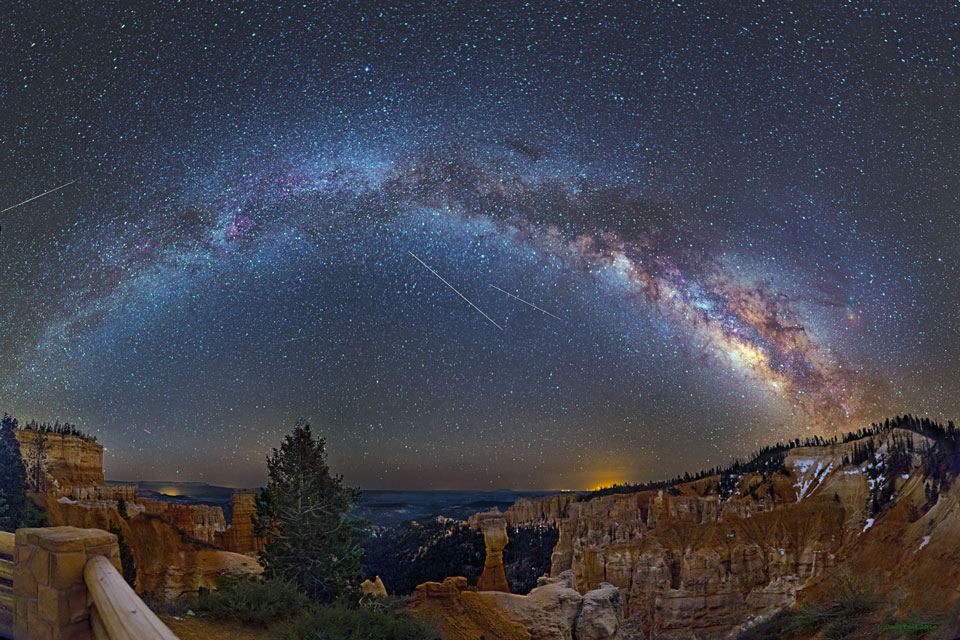
Posing near the western horizon, a brilliant evening star and slender young crescent shared reflections in a calm sea last Thursday after sunset. Recorded in this snapshot from the Atlantic beach at Santa Marinella near Rome, Italy, the lovely celestial conjunction of the two brightest beacons in the night sky could be enjoyed around the world. Seaside, light reflected by briefly horizontal surfaces of the gentle waves forms the shimmering columns across the water. Similar reflections by fluttering atmospheric ice crystals can create sometimes mysterious pillars of light. Of course, earthlight itself visibly illuminates the faint lunar night side. via NASA https://ift.tt/2kaAqsO
